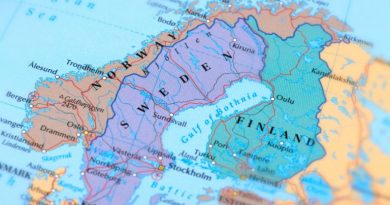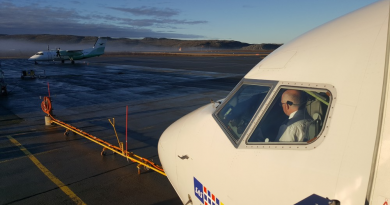Norwegian slow TV to feature Svalbard round the clock for nine days
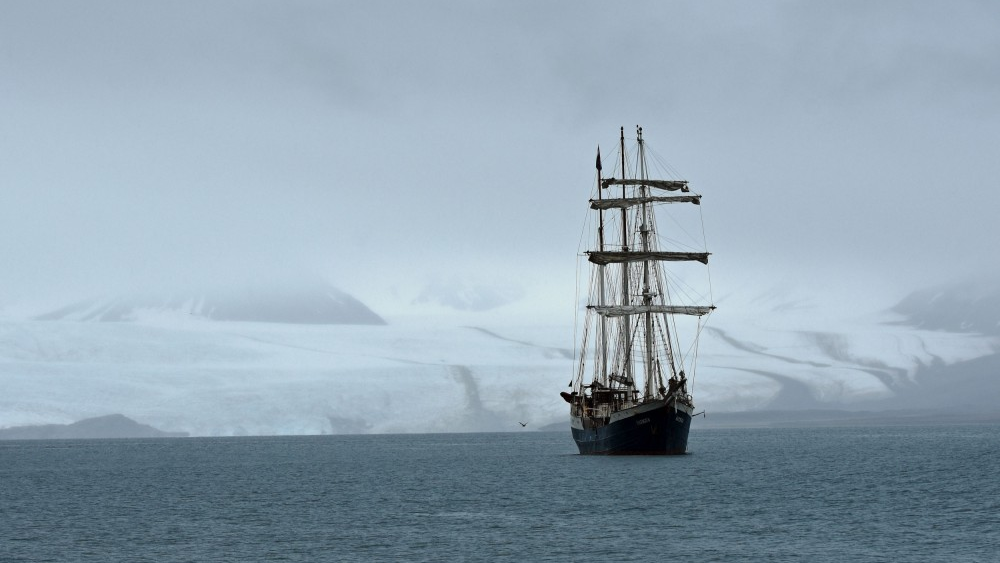
Fascinating viewers for hours and days, the Norwegian slow TV concept takes it to the ultimate with the longest ever program starting on January 31st.
«Svalbard minute by minute» was recorded last August and can be viewed on the national broadcaster’s NRK2 channel from January 31 at 18.00 to midnight on February 9.
NRK launched the idea of slow TV on the 100th anniversary of Bergensbanen, the railway from Oslo to Bergen in 2009. With cameras in front, inside, on the sides and along the route, the entire 7 hours 16 minutes journey became a big hit with 1,2 million Norwegians tuned in to the show (Norway has a population of 5 million).
The success was followed up by the Flåmsbana (Flåm railway) minute by minute in 2010 and the big hit «Hurtigruten minute by minute» in 2011 on board a cruise vessel sailing all along the coast from Bergen to Kirkenes, a voyage and TV show lasting almost seven days.
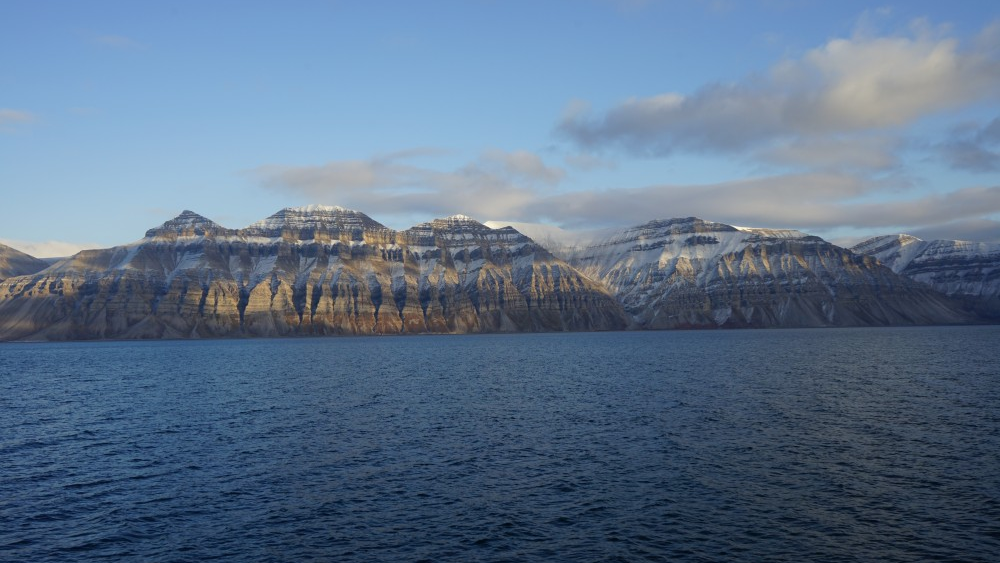
In 2012, Nordlandbanen, the railway between Trondheim and Bodø across the Arctic Circle was recorded for 9 hours and 50 minutes and was followed by 1,2 million viewers.
The 2017 production followed a herder family with almost 1500 reindeers on a 100 kilometer migration route from the inland to the coast in the northermost region of the country.
«Svalbard minute by minute» starting next week is recorded on board Hurtigruten’s cruise vessel «Spitsbergen», named after the largest island of the archipelago.
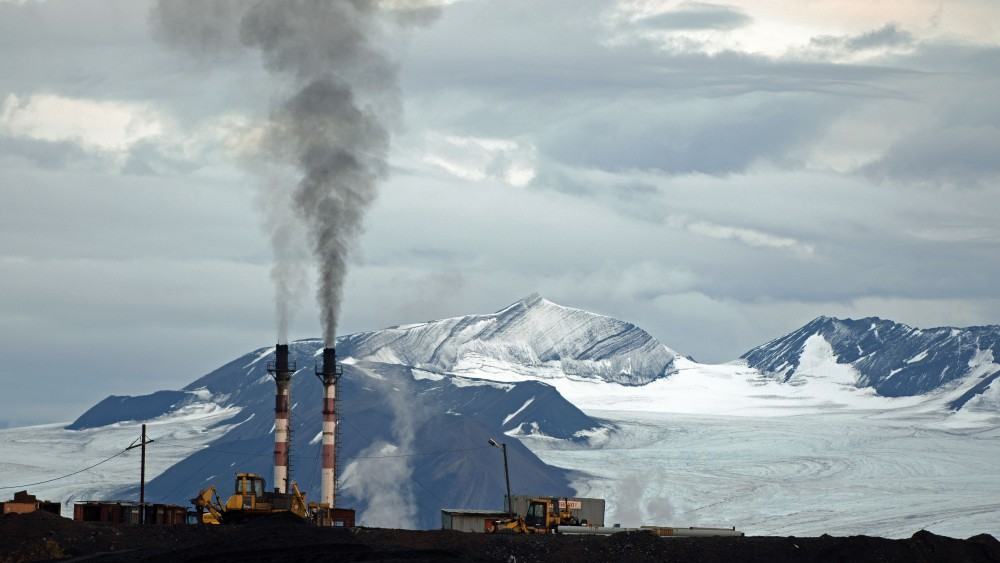
2020 marks the 100th anniversary of the Svalbard Treaty. Signed on February 9, 1920, the treaty recognizes the sovereignty of Norway over the Svalbard archipelago.
Although Norwegian land, the treaty gives signatories countries equal rights to engage in commercial activities, at the time mainly coal mining. Today, Russia continues to operate a coal mine in the settlement of Barentsburg, while the mining in Pyramiden was ended in the late 90ties.
Most of Svalbard is Arctic wilderness and about 65% of the land area is protected as national parks.
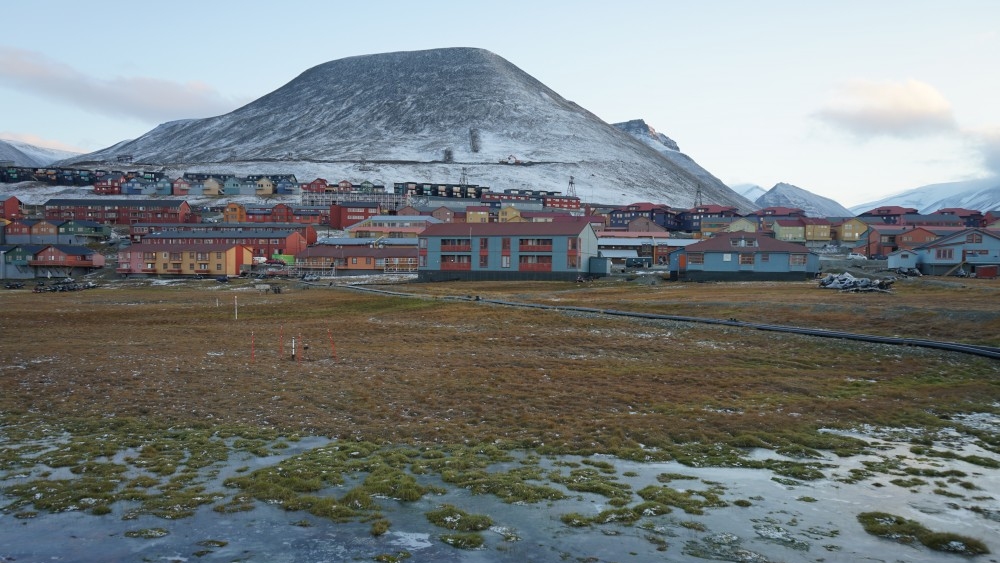
Project manager with NRK, Thomas Hellum, names the Svalbard slow TV as the ultimate production so far.
«We believe everyone in one or another way has a dream-relationship to Svalbard. A voyage is for many unachievable, but here everyone can join from the sofa,» Hellum says in an NRK article about the program.
«We will feature the nature experience, the landscape and the wildlife. In addition we will do landings and see parts of the history.»
Related stories from around the North:
Canada: Inuit artists in their own words, Eye on the Arctic – Videos
Finland: Finnish live stream gives users bird’s eye view of eagle’s nest, Yle News
Iceland: Arctic tourism in the age of Instagram, Eye on the Arctic – Long Format
Norway: Norwegian slow TV follows reindeer herd to the coast of the Barents Sea, The Independent Barents Observer
Sweden: Moose migration in northern Sweden makes for “contemplative” slow TV, Radio Sweden
United States: Veterans from Indigenous Alaskan village have war stories archived online, Alaska Dispatch News


